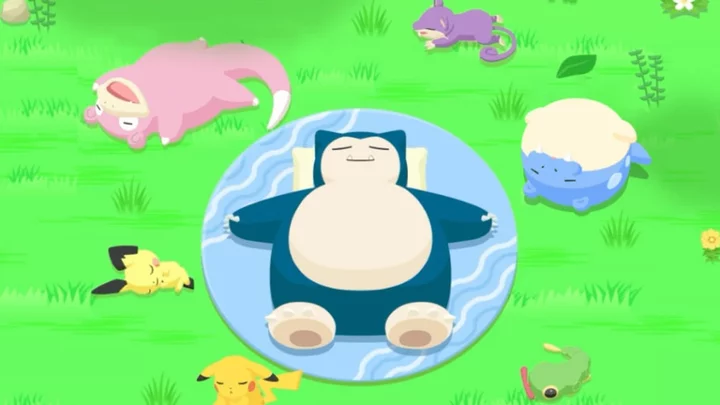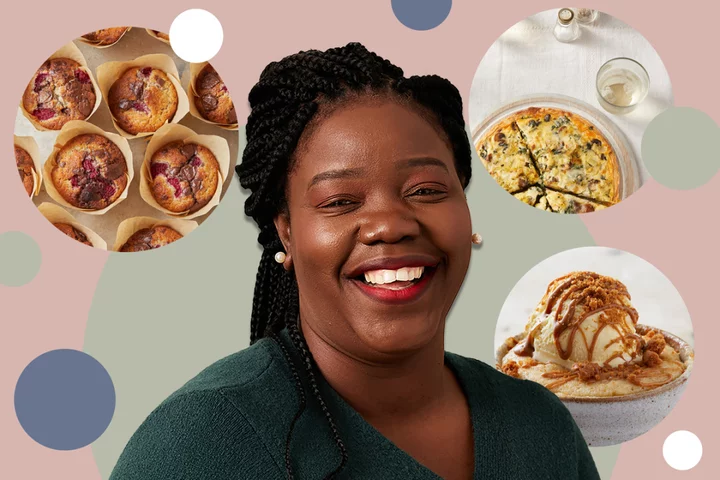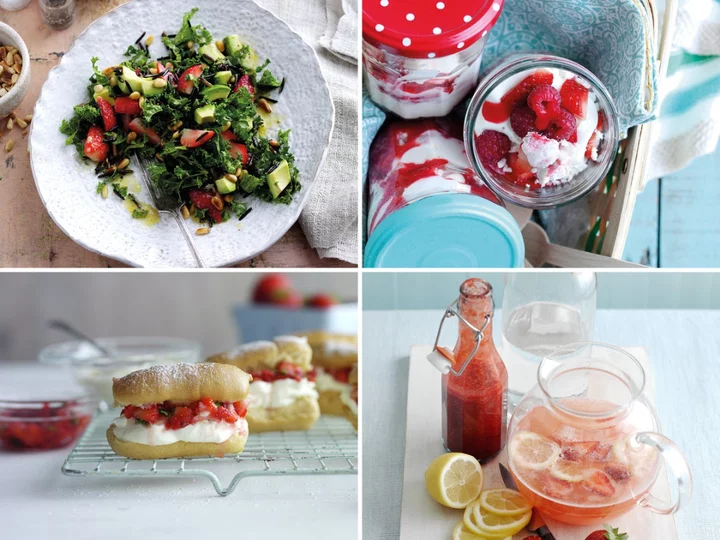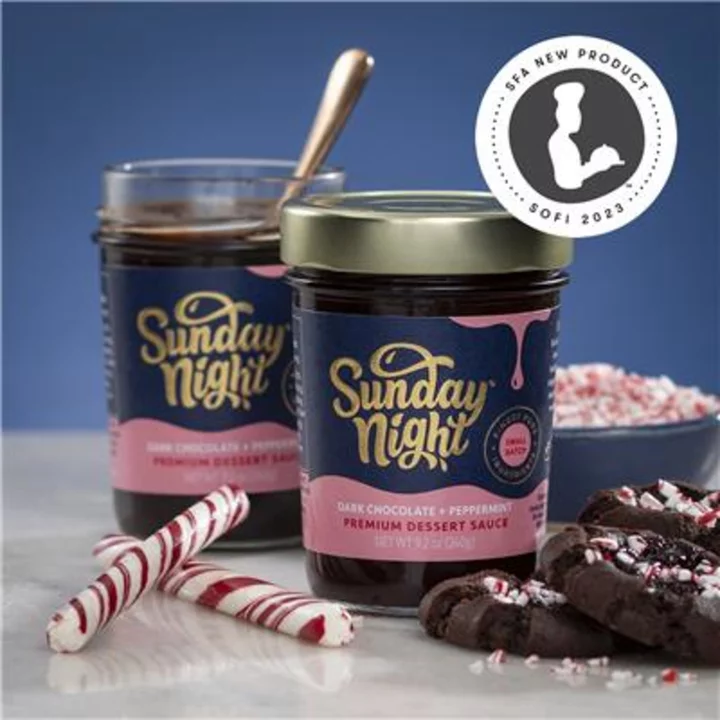The dish that defines me: Mallini Kannan’s baked honey-soy salmon
Defining Dishes is a new Indyeats column that explores the significance of food at key moments in our lives. From recipes that have been passed down for generations, to flavours that hold a special place in our hearts, food shapes every part of our lives in ways we might not have ever imagined. I came up with this baked honey-soy salmon dish in the first flat I ever had all to myself, as a master’s student in Stirling, Scotland. I think that’s what makes me feel most proud of it, because it was the first thing I made that made me truly feel like an adult. I was 25 and had been living away from home in Malaysia for nearly five years, and although I never really cooked with fish, I was really craving it, particularly Chinese steamed fish. Salmon was relatively cheap in Scotland, but I always felt that there was something about cooking fish that was very intimidating. It felt like it was too fancy for me. I also feel like it’s still socially acceptable to eat overcooked, dry chicken breast, but eating overcooked fish is just much more unpleasant and no one wants that. But something came over me one day when I saw a fresh salmon fillet with a really good discount in the Tesco clearance aisle. Maybe that should tell you something about me – I don’t know if others would consider that safe – but it looked good and I said, “You know what, maybe today’s the day”. At the time, it so happened that honey-soy salmon was really trending, I had seen it all over the place. I didn’t Google a recipe, I just sort of figured out what flavours could be good on a piece of fish. I made a sauce using soy sauce, Chinese cooking wine and maple syrup (which was gifted to me by one of my very nice friends), poured it on top of the fish and shoved it in the oven, because I didn’t have a steamer then. I did look up how long to cook it for, and Google said 20 minutes. I ate it with steamed rice and to my delight, surprise and relief, it was absolutely delicious. I felt really good about it. It was a real level-up moment in my life. It was the first time I had made a difficult dish, even though the actual labour wasn’t difficult at all and it is essentially a very simple dish. It made me feel like I could do it; I could make grown-up food. At the time, I was 24 or 25-years-old and I had been living away from home for some time, but never without housemates. So I was truly on my own. It was a revelation to realise that I could make Chinese food like this at home. I come from a Malaysian-Indian family. We don’t steam much of anything and so if I wanted steamed fish, I’d have to go to a Chinese restaurant. But now, I didn’t really have to. After that, it became my hyper-fixation meal. I just couldn’t get enough of it and made it all the time – at the peak of my fixation, I ate it three times a week. But I did learn that it does not make for good leftovers. It must be eaten on the day it’s made, otherwise the fishy smell gets a bit unappealing. Once I learned that, I ate it about once a week, and each time I’d experiment with it. I learned the importance of adding aromatics like garlic, ginger, spring onions, coriander and chili. But the key motivator to my experiments was laziness. Could I get away with not slicing things up? What if I don’t want to turn the stove on? How can I cut corners? No matter what kind of nonsense I threw at it, it has always turned out reliably good. The first time I cooked the dish for someone else was when my parents came to visit me from Malaysia. We had just returned from a trip, and they were staying in my flat for a week and it was the first time they came to a place that was truly mine. I remember very clearly cooking the salmon for them because a couple of friends had invited me out to the pub that night and I wanted to go, but I didn’t want to order takeaway for my parents – they were at that stage in their holiday when all Asian parents get grumpy because they haven’t had rice in three days and it was paramount that they ate some immediately. I had 30 minutes before I had to get going to the pub, and I figured that I knew how to cook this dish so well by now that I could get it done in 20 minutes. However, it was also the first time I had scaled a fish. Before, I just cooked the fish with scales and all, I didn’t even realise you had to take them off. For some reason, this time I decided I needed to scale this slab of salmon. I read one Google-recommended article and was like: “Let’s go.” What they don’t tell you is that scales fly. They go absolutely everywhere. And there’s a kind of black coating, like a slime, on the fish that will also go everywhere. I remember my parents peeking their head around the kitchen door to ask if everything was OK, and me just barking: “YA IT’S FINE.” I had to get that thing in the oven NOW, so it had to happen. And you know what? It turned out great. This was the second dish I’ve made for my parents that they’ve said: “Oh, wow.” The first time was for a prawn curry, but this was special because they were so impressed by the efficiency of it and also, it was the first time they realised that wow, I’m an adult, I’ve figured it out. They were used to me making good food, but this was the first practical dish; it’s not me sitting in the kitchen, having to cut a mountain of onions and pounding galangal. Last year, after I moved to Virginia to be with my husband, I made it for him for the first time. It feels really nice to share this part of me with him. It was a piece of myself that I figured out on my own, before married life, and it feels really significant because it was my independence dish. I want everybody to make it. However, I have a bone to pick with fishmongers in the UK. I want to know why they don’t scale the fish you buy unless they’re asked. Surely nobody wants to eat the scales? Just scale it please, thank you very much. And if any readers have suggestions for how I can make my baked salmon skin crispy, I would very much like to know. I still haven’t figured that part out yet. Mallini Kannan is a communications specialist from Malaysia, who now lives in the US with her husband. She still cooks this dish every week. Read More The dish that defines me: Frank Yeung’s prawn wontons The dish that defines me: Alex Outhwaite’s Vietnamese bun cha The dish that defines me: Eddie Huang’s Taiwanese beef noodle soup Breakfast for dinner and four other things you should cook this week Where to find the best Guinness in London – and how to spot a bad one How sizzling kitchen drama The Bear is spicing up the dating game for chefs
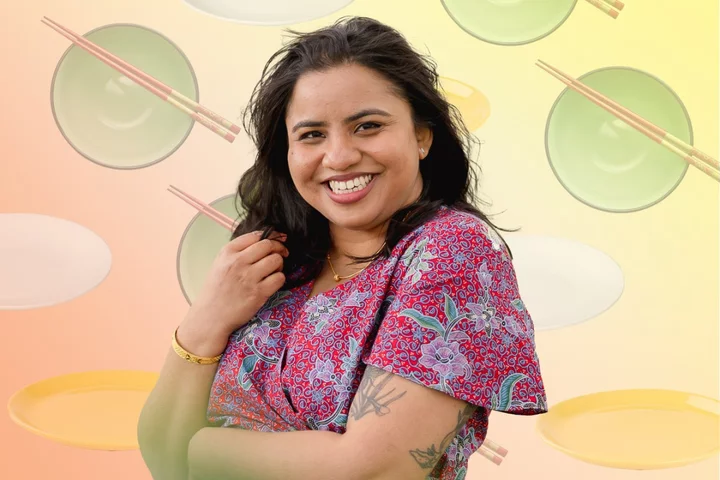
Defining Dishes is a new Indyeats column that explores the significance of food at key moments in our lives. From recipes that have been passed down for generations, to flavours that hold a special place in our hearts, food shapes every part of our lives in ways we might not have ever imagined.
I came up with this baked honey-soy salmon dish in the first flat I ever had all to myself, as a master’s student in Stirling, Scotland. I think that’s what makes me feel most proud of it, because it was the first thing I made that made me truly feel like an adult. I was 25 and had been living away from home in Malaysia for nearly five years, and although I never really cooked with fish, I was really craving it, particularly Chinese steamed fish.
Salmon was relatively cheap in Scotland, but I always felt that there was something about cooking fish that was very intimidating. It felt like it was too fancy for me. I also feel like it’s still socially acceptable to eat overcooked, dry chicken breast, but eating overcooked fish is just much more unpleasant and no one wants that. But something came over me one day when I saw a fresh salmon fillet with a really good discount in the Tesco clearance aisle. Maybe that should tell you something about me – I don’t know if others would consider that safe – but it looked good and I said, “You know what, maybe today’s the day”.
At the time, it so happened that honey-soy salmon was really trending, I had seen it all over the place. I didn’t Google a recipe, I just sort of figured out what flavours could be good on a piece of fish. I made a sauce using soy sauce, Chinese cooking wine and maple syrup (which was gifted to me by one of my very nice friends), poured it on top of the fish and shoved it in the oven, because I didn’t have a steamer then. I did look up how long to cook it for, and Google said 20 minutes. I ate it with steamed rice and to my delight, surprise and relief, it was absolutely delicious.
I felt really good about it. It was a real level-up moment in my life. It was the first time I had made a difficult dish, even though the actual labour wasn’t difficult at all and it is essentially a very simple dish. It made me feel like I could do it; I could make grown-up food. At the time, I was 24 or 25-years-old and I had been living away from home for some time, but never without housemates. So I was truly on my own. It was a revelation to realise that I could make Chinese food like this at home. I come from a Malaysian-Indian family. We don’t steam much of anything and so if I wanted steamed fish, I’d have to go to a Chinese restaurant. But now, I didn’t really have to.
After that, it became my hyper-fixation meal. I just couldn’t get enough of it and made it all the time – at the peak of my fixation, I ate it three times a week. But I did learn that it does not make for good leftovers. It must be eaten on the day it’s made, otherwise the fishy smell gets a bit unappealing. Once I learned that, I ate it about once a week, and each time I’d experiment with it. I learned the importance of adding aromatics like garlic, ginger, spring onions, coriander and chili. But the key motivator to my experiments was laziness. Could I get away with not slicing things up? What if I don’t want to turn the stove on? How can I cut corners? No matter what kind of nonsense I threw at it, it has always turned out reliably good.
The first time I cooked the dish for someone else was when my parents came to visit me from Malaysia. We had just returned from a trip, and they were staying in my flat for a week and it was the first time they came to a place that was truly mine. I remember very clearly cooking the salmon for them because a couple of friends had invited me out to the pub that night and I wanted to go, but I didn’t want to order takeaway for my parents – they were at that stage in their holiday when all Asian parents get grumpy because they haven’t had rice in three days and it was paramount that they ate some immediately. I had 30 minutes before I had to get going to the pub, and I figured that I knew how to cook this dish so well by now that I could get it done in 20 minutes. However, it was also the first time I had scaled a fish. Before, I just cooked the fish with scales and all, I didn’t even realise you had to take them off. For some reason, this time I decided I needed to scale this slab of salmon. I read one Google-recommended article and was like: “Let’s go.”
What they don’t tell you is that scales fly. They go absolutely everywhere. And there’s a kind of black coating, like a slime, on the fish that will also go everywhere. I remember my parents peeking their head around the kitchen door to ask if everything was OK, and me just barking: “YA IT’S FINE.” I had to get that thing in the oven NOW, so it had to happen. And you know what? It turned out great. This was the second dish I’ve made for my parents that they’ve said: “Oh, wow.” The first time was for a prawn curry, but this was special because they were so impressed by the efficiency of it and also, it was the first time they realised that wow, I’m an adult, I’ve figured it out. They were used to me making good food, but this was the first practical dish; it’s not me sitting in the kitchen, having to cut a mountain of onions and pounding galangal.
Last year, after I moved to Virginia to be with my husband, I made it for him for the first time. It feels really nice to share this part of me with him. It was a piece of myself that I figured out on my own, before married life, and it feels really significant because it was my independence dish. I want everybody to make it. However, I have a bone to pick with fishmongers in the UK. I want to know why they don’t scale the fish you buy unless they’re asked. Surely nobody wants to eat the scales? Just scale it please, thank you very much. And if any readers have suggestions for how I can make my baked salmon skin crispy, I would very much like to know. I still haven’t figured that part out yet.
Mallini Kannan is a communications specialist from Malaysia, who now lives in the US with her husband. She still cooks this dish every week.
Read More
The dish that defines me: Frank Yeung’s prawn wontons
The dish that defines me: Alex Outhwaite’s Vietnamese bun cha
The dish that defines me: Eddie Huang’s Taiwanese beef noodle soup
Breakfast for dinner and four other things you should cook this week
Where to find the best Guinness in London – and how to spot a bad one
How sizzling kitchen drama The Bear is spicing up the dating game for chefs



